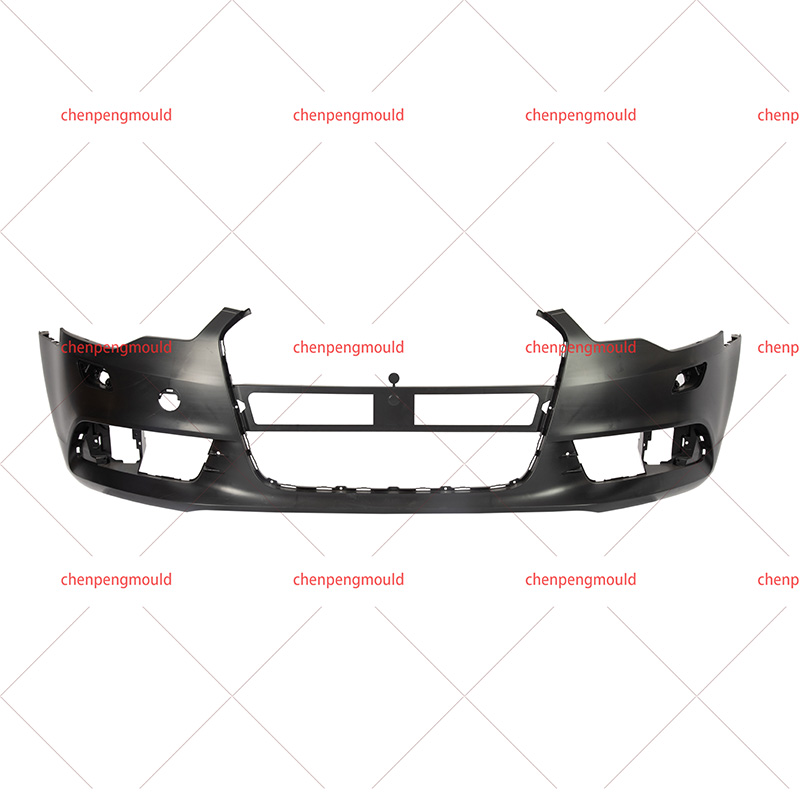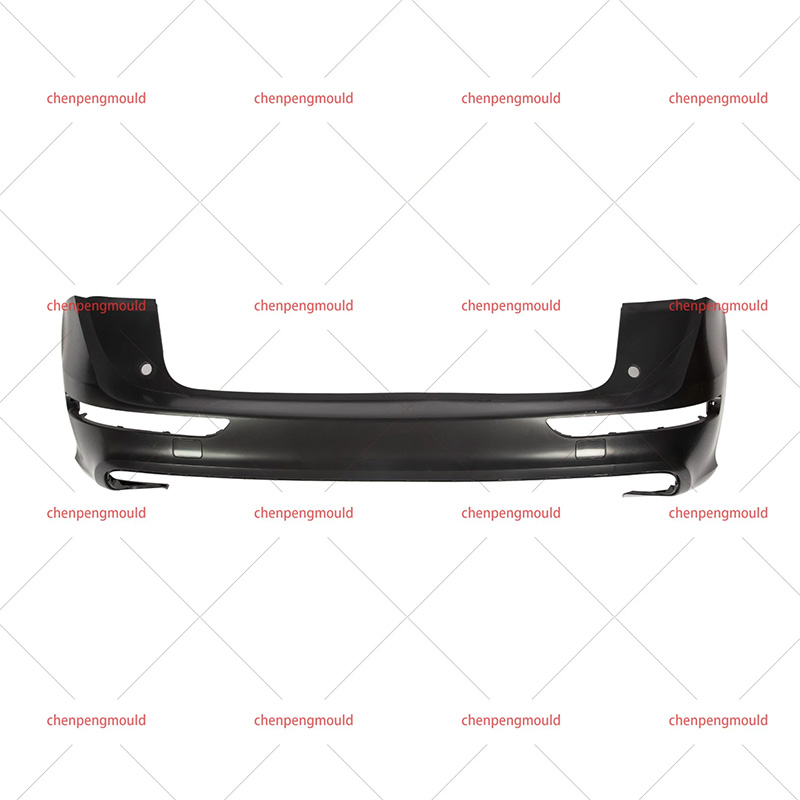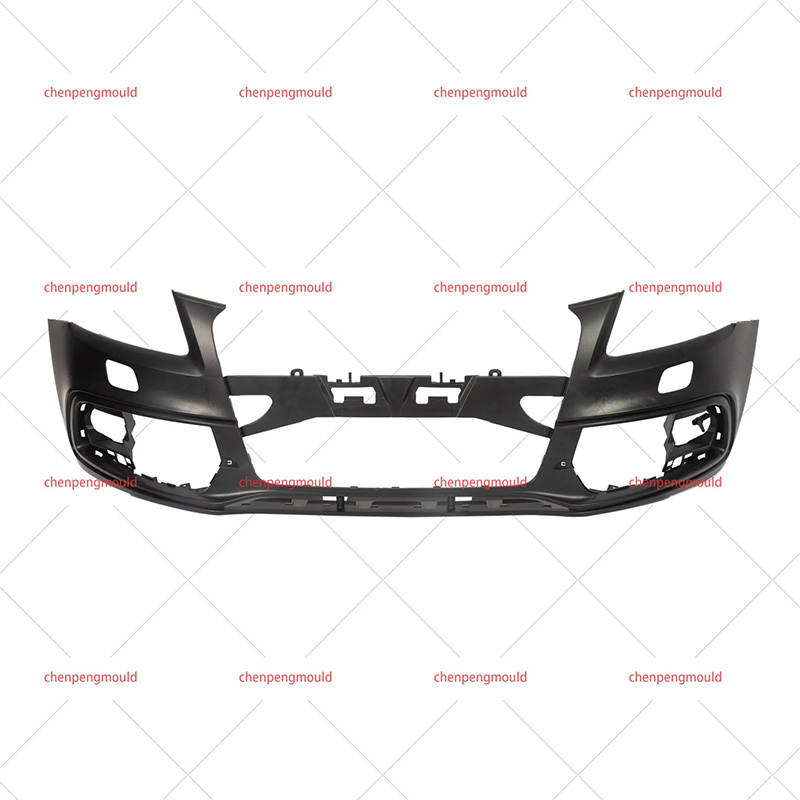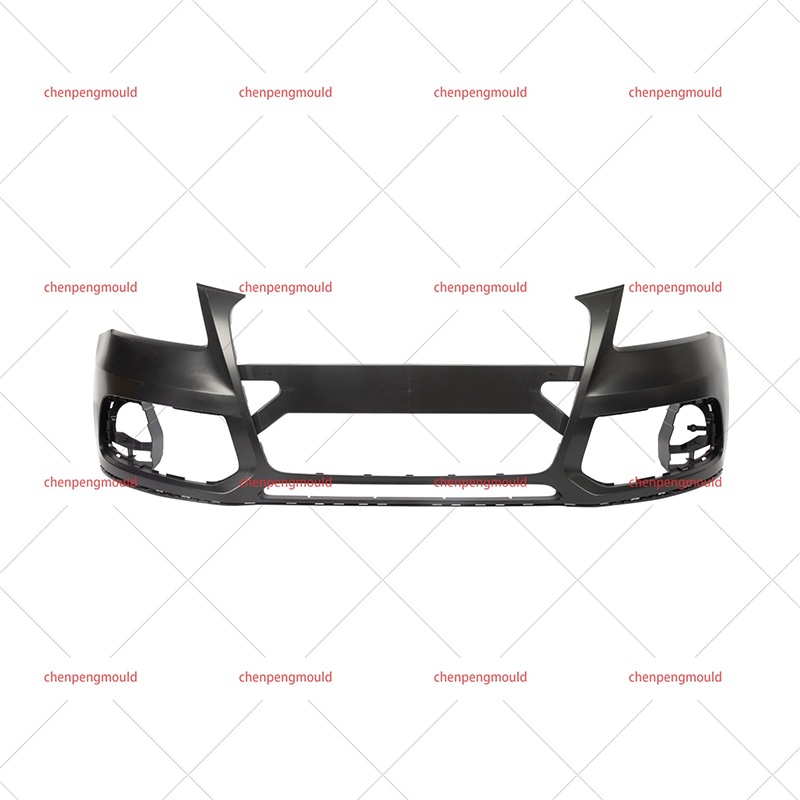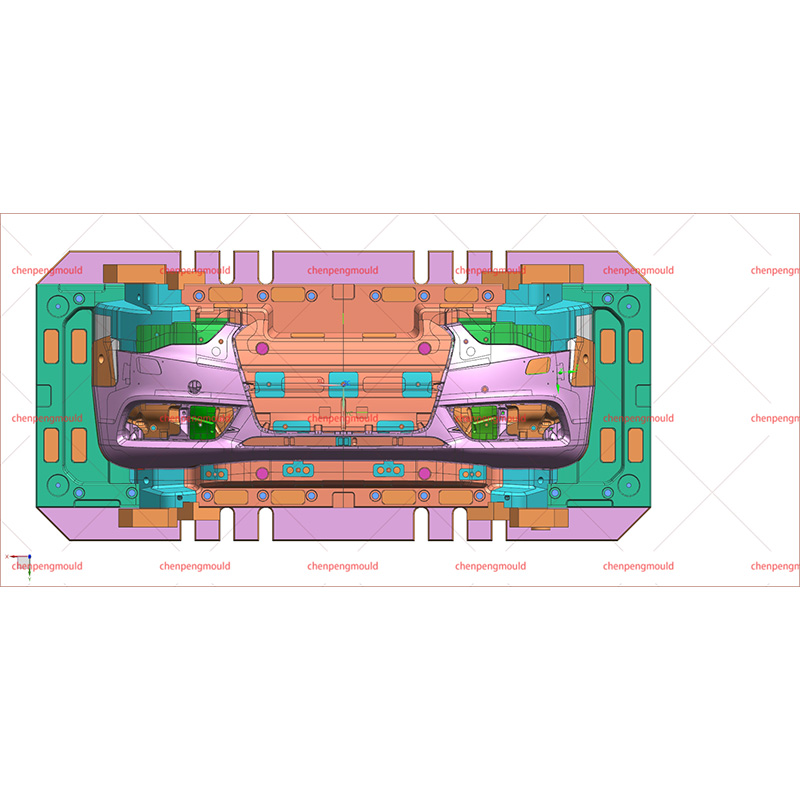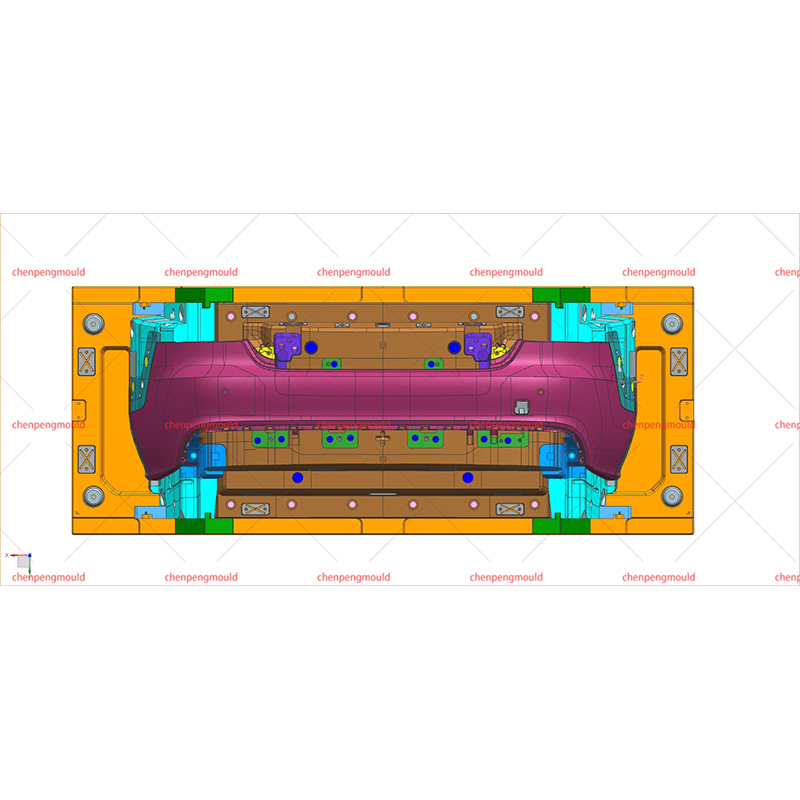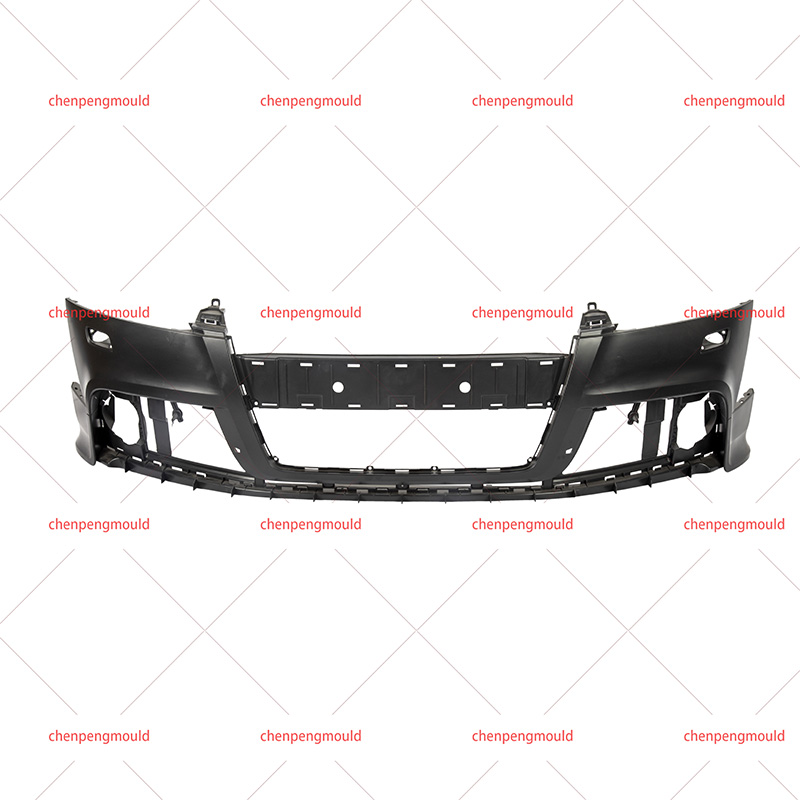1. Understanding the Purpose and Role of Modified Bumper Molding
The Modified Bumper Molding is an essential component in modern automotive design, balancing protection, aesthetics, and functionality. Though small in appearance, it plays a key role in maintaining the integrity and visual harmony of the vehicle's exterior. Before diving into the manufacturing process, it is important to understand why these moldings are used and how they contribute to vehicle design.

Protection and Functionality: The Modified Bumper Molding acts as a shield against minor impacts and abrasions that can occur during daily driving or parking. It helps prevent scratches, dents, and damage to the bumper surface, saving repair costs and preserving the vehicle's original appearance.
Aesthetic Integration: This molding also enhances the overall look of the vehicle by adding defined lines and textures. Depending on the design intent, the molding can provide a sporty, luxury, or classic appeal.
Compatibility and Customization: Since “modified” moldings are tailored to specific models or customization preferences, they allow car owners and manufacturers to achieve unique styles or performance benefits.
The Modified Bumper Molding is often customized to meet specific needs—such as higher durability, flexible fitting, or color coordination. This adaptability is one of the reasons it has become so popular in both original equipment manufacturing (OEM) and aftermarket applications. Manufacturers carefully consider vehicle design, safety requirements, and consumer preferences when planning its production.
In short, the Modified Bumper Molding combines both form and function. It protects the bumper from wear while also contributing to the overall style and personality of the vehicle. Understanding this dual role helps explain why precision and quality are so important in its manufacturing process.
2. Common Manufacturing Processes for Modified Bumper Molding
The creation of a Modified Bumper Molding involves several specialized manufacturing processes, each aimed at ensuring quality, durability, and consistency. The methods vary depending on the material used, design complexity, and the manufacturer's production capacity.
- Material Selection: The step in producing a Modified Bumper Molding is choosing the appropriate material. Common options include ABS plastic, PVC, rubber, polyurethane, or thermoplastic elastomers. These materials are selected for their flexibility, weather resistance, and ability to retain shape under pressure.
- Injection Molding Process: This is the widely used manufacturing method. Molten material is injected into a mold cavity that shapes the molding according to design specifications. Injection molding allows for precise detail, smooth finishes, and high repeatability.
- Extrusion Process: In some cases, especially for simpler linear designs, the Modified Bumper Molding may be produced using extrusion. This process forces material through a shaped die, creating a continuous strip that can later be cut to the desired length.
- Surface Finishing: Once formed, the molding undergoes surface treatments such as polishing, painting, or chrome plating. These finishing touches not only enhance appearance but also provide extra resistance to UV rays and corrosion.
The choice of process depends largely on the complexity of the molding's shape and the intended use. Injection molding is ideal for moldings with intricate details or curved profiles, while extrusion is suitable for simpler, continuous designs.
During manufacturing, quality control is crucial. Each Modified Bumper Molding is inspected for dimensional accuracy, uniform texture, and surface integrity. Manufacturers may also test samples for impact resistance and temperature tolerance to ensure the molding performs well under various driving conditions.
In recent years, eco-friendly production techniques have gained popularity. Recyclable materials and energy-efficient molding processes are increasingly used to reduce environmental impact without compromising quality. This shift demonstrates the automotive industry's growing commitment to sustainability.
3. Key Factors That Influence the Quality of Modified Bumper Molding
The overall performance of a Modified Bumper Molding depends on several factors that influence its quality, longevity, and fitment. Automotive manufacturers and suppliers focus on these elements during both design and production stages to achieve reliable results.
- Precision in Design and Tooling: The accuracy of the mold or die determines the final fit of the Modified Bumper Molding. Computer-aided design (CAD) and computer-aided manufacturing (CAM) tools ensure that each molding perfectly matches the vehicle's contours.
- Material Durability and Testing: High-quality raw materials are key to ensuring flexibility, UV resistance, and impact absorption. Testing includes exposure to temperature extremes, humidity, and mechanical stress to verify long-term performance.
- Adhesion and Installation Method: Some moldings are attached using clips, while others rely on strong automotive adhesives. The bonding method directly affects the molding's durability and ease of installation.
- Surface Coating and Finishing Quality: Paints, protective films, and chrome layers are applied not just for visual appeal but also for functional protection against corrosion and fading.
Manufacturers continuously improve these aspects to ensure that the Modified Bumper Molding not only looks appealing but also performs reliably. The combination of advanced technology and strict quality control allows the molding to meet modern automotive standards.
Maintenance is another important factor in preserving quality. Regular cleaning and occasional inspection prevent buildup of dirt and ensure the molding remains securely attached. When cared for properly, a Modified Bumper Molding can maintain its appearance and effectiveness for many years.

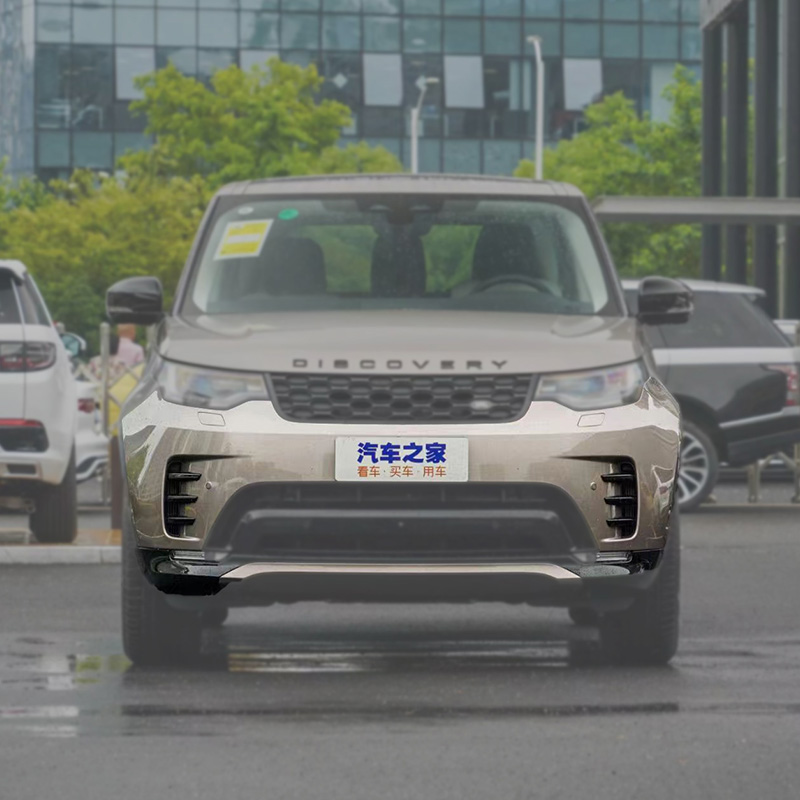


 +86-18357617666
+86-18357617666
